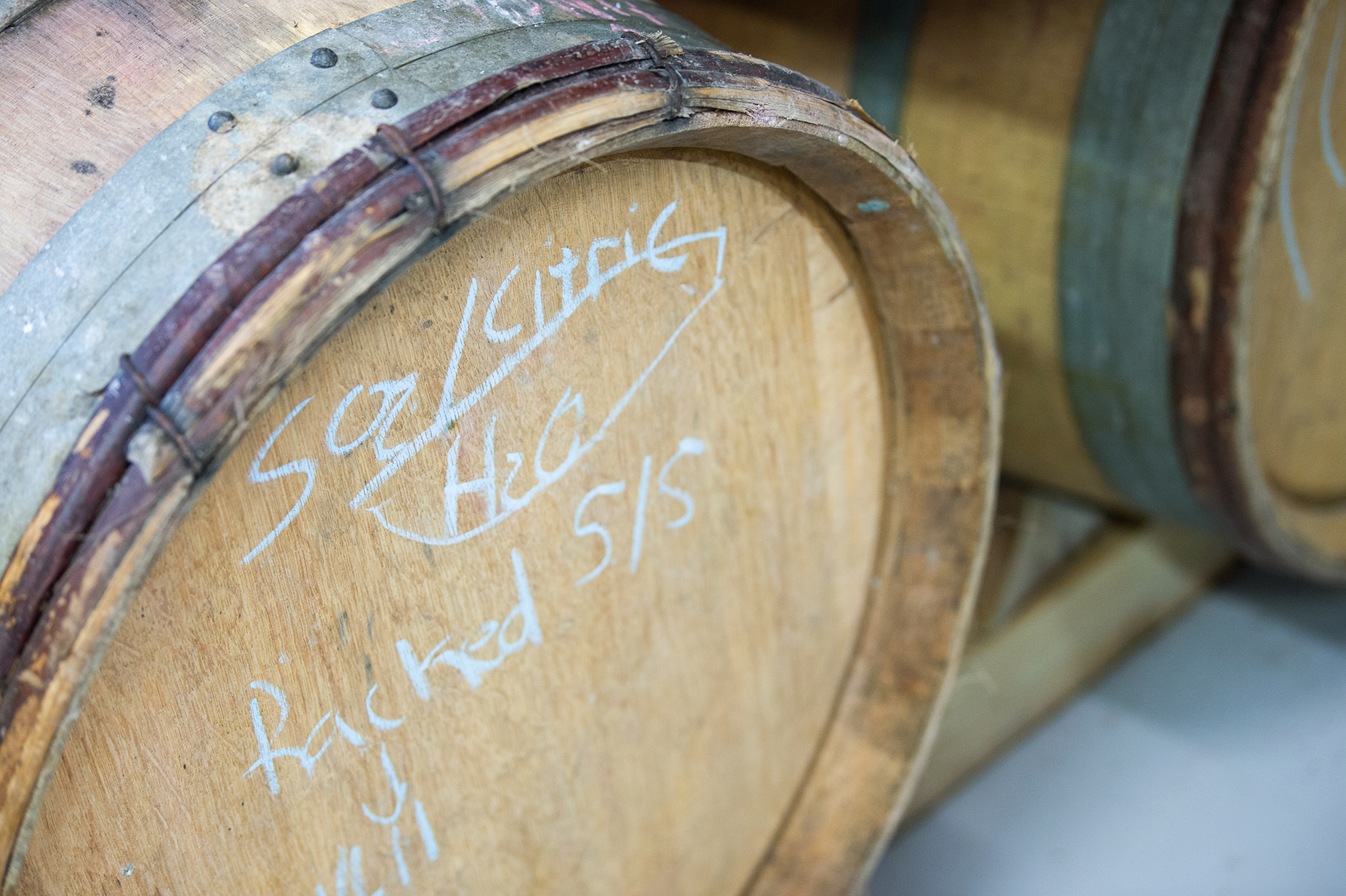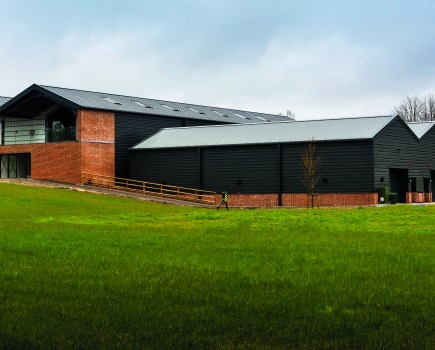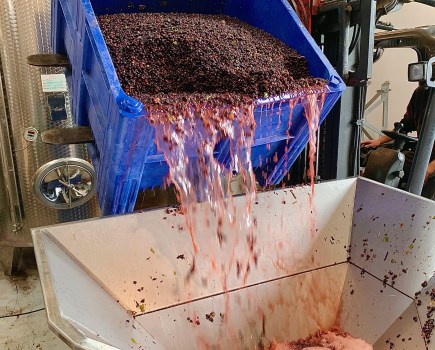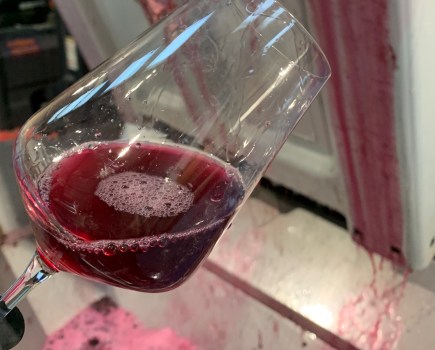The black art of winery design.
Back in the June 2019 edition of Vineyard Magazine, I touched upon the future of grape production in the UK. In the article, I cited the bountiful 2018 vintage that graced us with the largest crop seen in our tiny industry for some time, but not without its troubles. This brought to mind a familiar quote: “With great power comes great responsibility” (I’m aware that this well-known Stan Lee proverb is obscure, but stay with me!)
Growers were left in the lurch as grapes flooded the open market. Wineries were unable to honour commitments due to capacity issues and custom crush facilities unable to cope with demand. No one was prepared for the raining of grapes. Now a year on, growers and winemakers without homes have started to think about creating their own space to avoid the logistical nightmare of yesteryear.
Winery design, like most things in life, can be complicated, time consuming and expensive. And, like life, planning and a bit of savviness can make the whole process smoother and more efficient. Looking back at my experience and subsequent process, I can say with confidence that I learned an immense amount about myself and project planning.
So where should you start? I would suggest a back to basics approach and ask the following questions: what capacity do I aim to achieve? How much am I planning on making in the future? What style of wine will I make?
While this seems like a no brainer, it can easily be overlooked. It is also integral preparation for understanding costing to related material. For most people starting out on this new exciting endeavour, the answers to these questions can be far less daunting than one might think. Once the basics are sorted out and reflected on, it is amazing how much light is shed when there is clear direction.
The next part is slightly more complicated, the design. Getting the lay of the land is tough. If you are a newbie to the world of wine production, I would suggest getting in touch with a consultant or making use of the wonderful network of the UK producers via Facebook groups or WineGB. The value of these support avenues cannot be underestimated. I learned a lot simply by speaking to others about their mistakes or things that would make the journey easier. This comes in handy when trying to understand planning permissions and utility hook ups too. The strategic planning of where to put the outlets, water sources, draining and more is very important. Those items are then fixed and expensive to redo.
Books such as Winery Utilities: Planning, Design And Operation by David Storm, are also a brilliant source to grasp the overhaul. Our budget was limited when setting up Blackbook and we did most of the refurbishment of our archway ourselves. Education institutes were a terrific source for the more internet savvy and DIY’ers out there. Again, remember the end goals and how this will affect the design of the space.
Going hand in hand with the above, is sourcing the right supplier for your kit. Equipment searching is tough but rewarding. This part of the design route that was somewhat of a “if I could have done things differently” from my end when we were starting out. I probably should have done a bit more research into tank design to utilise every nook and cranny of our humble archway. I failed to think about the white space between things and ask the right questions.
Everything takes up space and reduces the floor area. Take your time with this. Suppliers such as Vigo, Core and Bevtech are pretty good for bulk buying and logistics. Most will work within your budget putting together bespoke packages and are able to give direction. Layout design programs or apps help you get the layout exactly what you need. Of course, smaller wineries are slightly easier to create, but none-the-less, large or small, the same process takes place. Inevitably, what you do and how you do it comes down to that paper money.
On the last word, one can easily get lost in the tornado of spending. In order to help with the finances, always look for grants and government initiatives to help ease the burden. You never know what you can qualify for. So, for all you budding winemakers/winery designers, bonne chance!




